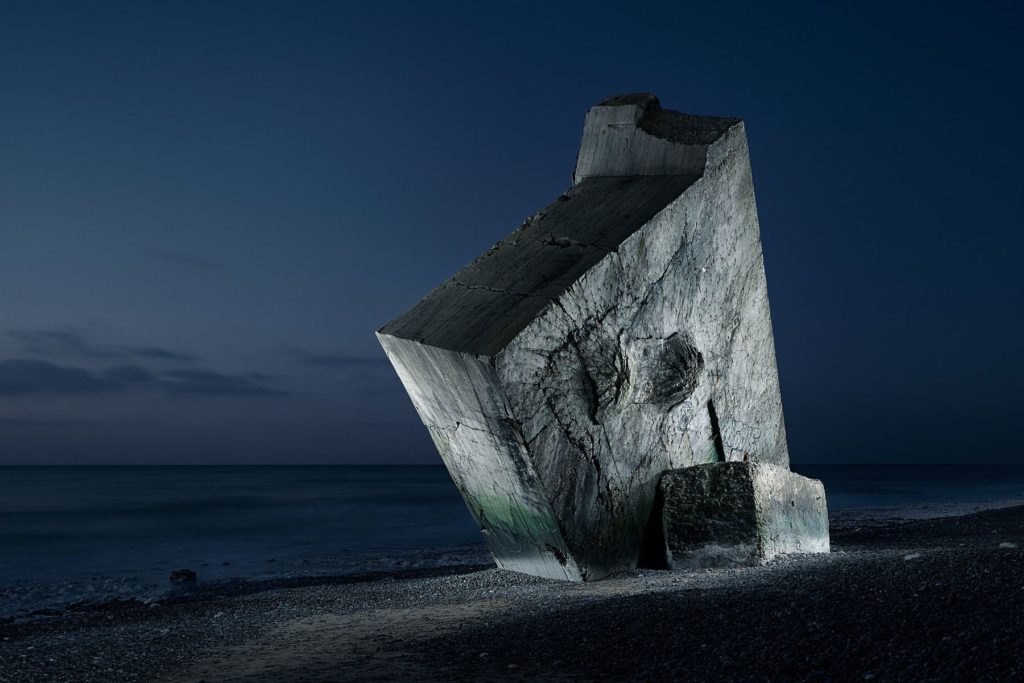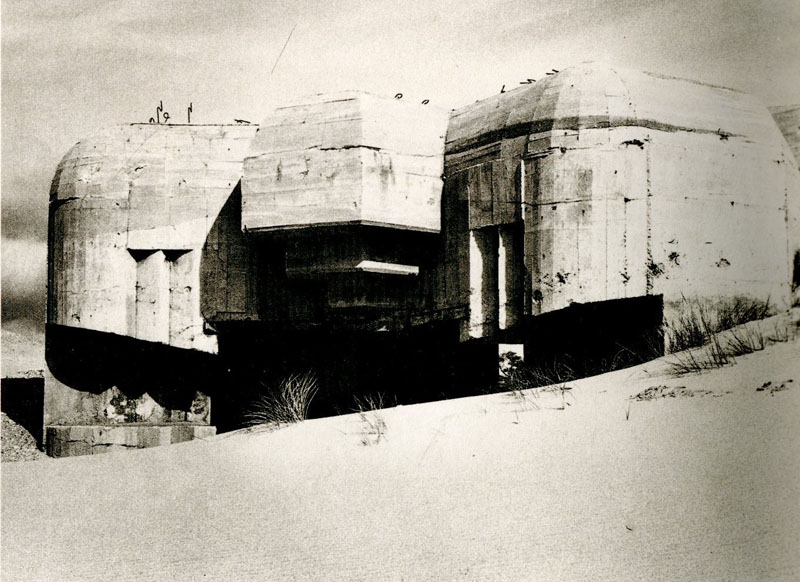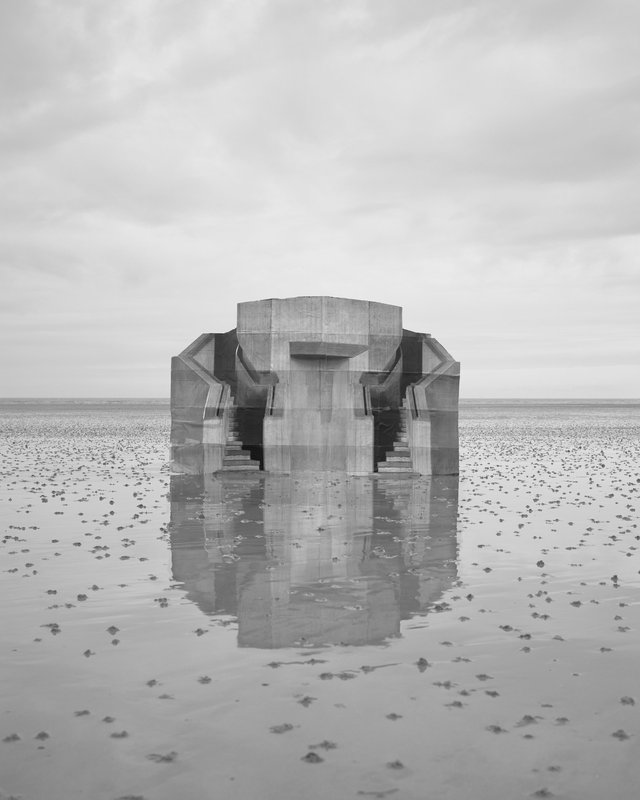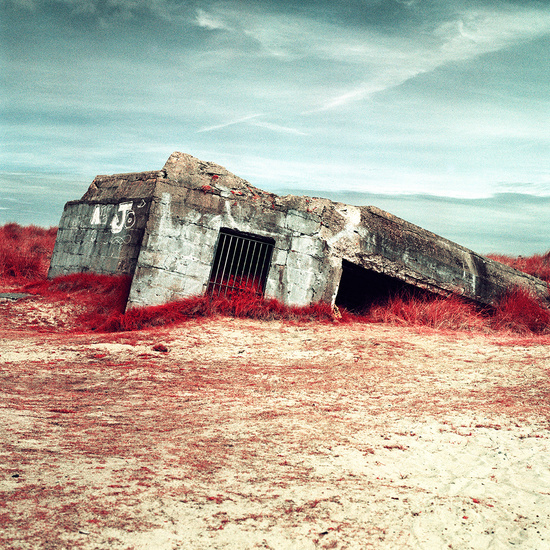Key dates :
6 June 2019 = 75th Anniversary of The D-Day Landings and the start of the liberation of Europe from Nazi Occupation
9 May 2020 = 75th Anniversary of Liberation of Jersey from Nazi Occupation

(Part of the Atlantic Wall)
Welcome back to school!…please check the details, information, guidance and instructions below
Week 2:
Mon 10 June Groups 12A and 12B
Tue 11 June Groups 12C and 12 E POSTPONED until Tues 18th June
On Location << all day photo-shoots at Les Landes / Noirmont>>
Each class will explore bunker sites on the West Coast of Jersey.
Outcome: A set of 200-300 images from photo-shoots
Schedule
8.45am Coach from Hautlieu School to Les Landes / Noirmont
9.15am-9.30am meet Tony Pike (CIOS) and discuss outline for the day’s activities / tasks / expections / orientation
10am-12pm Explore and document Battery Moltke / Lothringen
12.45pm -2.30 pm Explore and document Observation Tower and surrounding area of Les Landes / Noirmont
2.30 pm -.3.15pm Coach from Les Landes / Noirmont to Hautlieu School
Site Visit Tasks
1.Photograph : the surroundings, the structures, the contents and respond to available stimulus
2. Collect: anything that you can take away from from the environment without adversely affecting it
3. Write: your thoughts, feelings, learnings down in a notepad
4. Engage : with the place, structures, exhibits
5. Plan : how to develop your images, ideas and plan
Blog Tasks…
Create and publish a range of blog posts that reflect each stimulus point below…
Research and Influence : clearly show an understanding of the purpose and effect of The Atlantic Wall and look at a range of suitable artists that may influence your own creativity
Select and Edit : make an initial selection of your most successful / interesting images from the site visit and edit / enhance using Adobe Lightroom
Manipulate: get creative, begin exploring how you can include archival imagery, try some photo-montage and begin to think about how you can group your images (this will lead into your ‘zine production)
Present: a small range of possible outcomes on your blog using a range of display methods and print out your images / designs in the photography room…print out your images ready for our display board
Evaluate: your process, and critique your final outcomes by comparing and contrasting to your points of influence in Task 1
Independent Study Tasks
You must complete a range of photo assignments that continue and extend your experience of the fortifications at Les Landes / Noirmont during our site visits. Choose your area of study carefully by having a look at the interactive map below and then carefully photograph the location
Consider :
Composition…what are you trying to show, accentuate? Has the location got aspects of context or is it isolated? Is there a contrast or juxtapositon happening eg old/ new or urban / natural.
Exposure…employ over, under or balanced exposures. HDR? Long exposures for movement / night photography and take a tripod!
Lighting…use the times of the day or night to your advantage, think about shadows, colour casting (check WB!) USe the weather to your advantage for dramatic effect…rain, fog, storms etc
Lens…wide angle, cropped, standard, telephoto, macro etc…each have a different purpose and alloow you to explore depth of field and focus points too
References and inspiration
Please look carefully at these photographers to help you develop ideas for the forthcoming photo-shoot at Les Landes / Noirmont.
It is important that you have a personal plan of action, a vision and some ideas of your own in order to document the area and it’s structures creatively and effectively.
As soon as you can…develop a blog post to show your research and how your own visual ideas are developing

- Jonathan Andrew
https://www.jonathanandrewphotography.com/Projects/WWII-Relics/8

- 2 . Paul Virilio
https://thefunambulist.net/architectural-projects/unwall-bunker-archeology-by-paul-virilio

- 3. Dirk Reinartz—Deathly Still—Images from concentration camps

- 4. Noemie Goudal—conceptual photography, based loosely on bunker systems and other structures
http://noemiegoudal.com/observatoires/
5. Lynda Laird

https://lynda-qbha.format.com/
Martin Roemers

Photo: Martin Roemers
https://www.lensculture.com/martin-roemers?modal=project-154443-relics-of-the-cold-war
Feel free to explore and find more examples !
Week 1: photograph chosen location and add images to your Lightroom catalogue, including all edits
Week 3: Either re-visit location from week 1 or choose a new location that compliments / contrasts with your original photo-shoot
Week 5: Complete tasks and develop ‘zine
https://www.jerseybunkermap.com/
The Atlantic Wall (German: Atlantikwall) was an extensive system of coastal defence and fortifications built by Nazi Germany between 1942 and 1944, along the coast of continental Europe and Scandinavia as a defence against an anticipated Allied invasion of Nazi-occupied Europe from the United Kingdom, during World War II. The manning and operation of the Atlantic Wall was administratively overseen by the German Army, with some support from Luftwaffe ground forces. The Kriegsmarine (German Navy) maintained a separate coastal defence network, organised into a number of sea defence zones.[
Hitler ordered the construction of the fortifications in 1942. Almost a million French workers were drafted to build it.[The wall was frequently mentioned in Nazi propaganda, where its size and strength were usually exaggerated. The fortifications included colossal coastal guns, batteries, mortars, and artillery, and thousands of German troops were stationed in its defences. When the Allies eventually invaded the Normandy beaches in 1944, most of the defences were stormed within hours. Today, ruins of the wall exist in all of the nations where it was built, although many structures have fallen into the ocean or have been demolished over the years.

Organisation Todt (OT) was a civil and military engineering organisation in Nazi Germany from 1933 to 1945, named for its founder, Fritz Todt, an engineer and senior Nazi. The organization was responsible for a huge range of engineering projects both in Nazi Germany and in occupied territories from France to the Soviet Union during World War II. It became notorious for using forced labour. From 1943-45 during the late phase of the Third Reich, OT administered all constructions of concentration camps to supply forced labor to industry.
Independent Study
Personal Photo Assignments : Locations and possibilities
Bunkers / Gun Emplacements…
Towers…
Tunnels…
Slave worker / forced worker Labour Camps…
Sea defences / walls / other fortifications…
Other buildings connected to WW2 Occupation / Liberation…and surrounding landscapes too
People…the survivors, the resistance, the collaborators, the escapeees
Objects and artefacts…
Liberation…
Legacy…
Remembrance…
Useful Links for you…
https://www.jerseybunkertours.com/
https://jerseyeveningpost.com/news/2019/05/09/an-end-to-occupation/
https://www.theislandwiki.org/index.php/Noirmont
https://en.wikipedia.org/wiki/Hohlgangsanlage_tunnels,_Jersey
